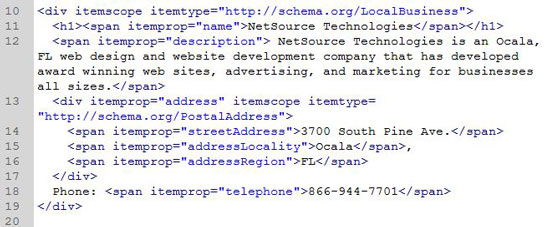For the average small business website, which type of search results are the most important? Maybe a better way to phrase that is: Where are your customers? If you run a restaurant in Ocala, are you going to get more customers from Summerfield, or from Hahira, GA?
Local businesses have local customers. It stands to reason that a local business website needs to have its strongest presence in local searches. So how do you give your business website greater search appeal for local users?
Mobile search is bringing about rapid change in local online marketing. The exact number varies depending on the source, but it’s a safe bet that at least 800 million location-relevant searches are conducted from mobile devices each month — and the number of mobile searches is growing every month as more people begin to use mobile digital devices.
Local businesses are the targets of the majority of these searches. Advertising network YP.com reports that in Q1 2012, the most popular search categories on its mobile ad network were for restaurants, beauty services, theaters and auto repair.

Doesn't look too difficult, does it?
You can’t take advantage of all that local search traffic, though, if your site can’t be found in local searches. That sounds pretty obvious, but what isn’t obvious to a lot of website owners is that their site probably ranks differently in local search than it does in “normal” search. Mobile search is dominated by Google — which sees about 95 percent of mobile search market share — and Google tries to use more information in delivering results to mobile users.
Normally, location information is gleaned from whatever information a mobile search can find; a Google Local or Google+ business listing, or something on Yelp, maybe. Here’s where your website can give Google’s mobile search a big lift. By incorporating the LocalBusiness microdata markup found on Schema.org, your site’s code can tell Google exactly — directly — where your business is located.
As you can see in the example above, the markup language isn’t difficult to understand. It’s designed to be both machine readable and human readable. There are few tricks in using it to maximum effect, but the benefits — including a better chance of improved mobile search rankings — make it worth the effort.
